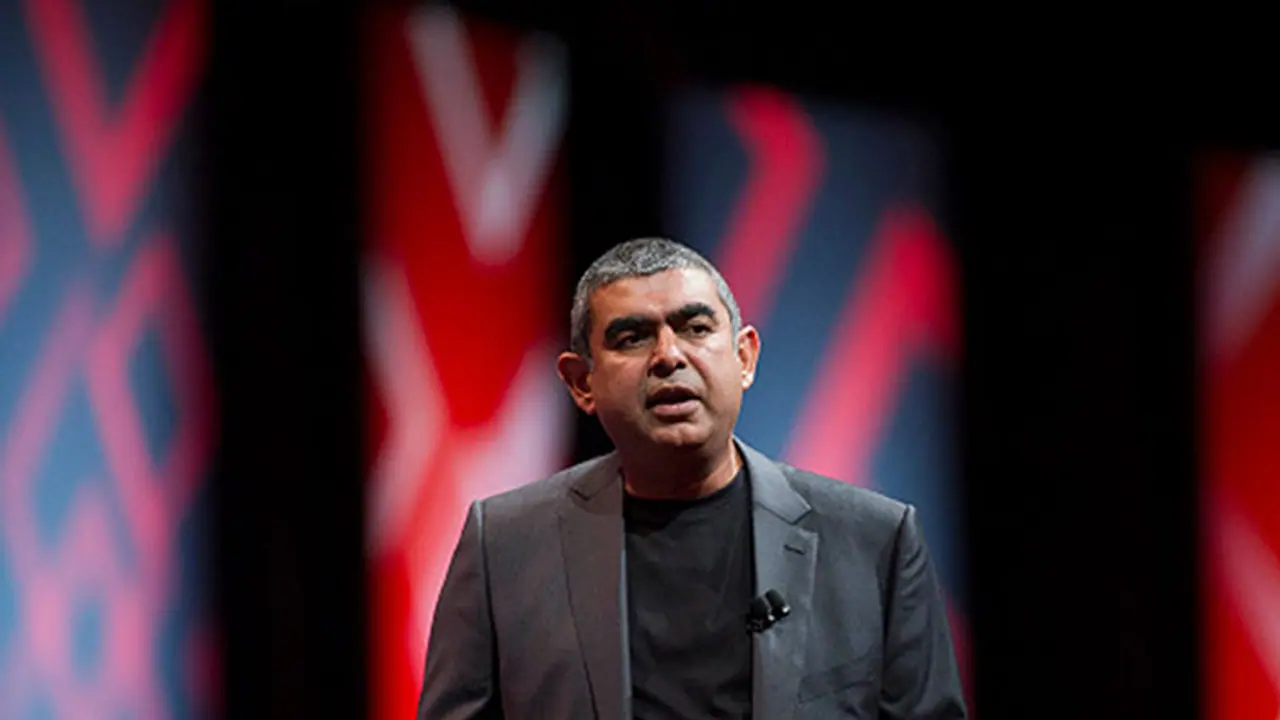Sikka put a better team in charge and saw to it that key customer accounts were not inconvenienced Employees were made to feel part of a bigger plan and their work was acknowledged by the CEO

Infosys Founder NR Narayana Murthy brought in Vishal Sikka, a former SAP SE executive, in July 2014 to boost the company’s flagging growth, which was way behind competition like Tata Consultancy Services in the preceding two years or so. Sikka took over as Infosys’s first non-promoter CEO on August 1, 2014 and made close to $7.5 million in compensation for the year ending March 31, 2016.
In February last year, Infosys revised Sikka’s pay, giving him a chance to earn as much as $11 million in the current fiscal year, including performance-based variable pay and stock options. This, however did not go down well with some of the founders and earlier management of Infosys and they had even expressed their displeasure.
Here is how Sikka’s entry into Infosys changed the fortune of the company, a collation from reports that have emerged over the past two years:
Entry with a boom
Before Sikka, Infosys showed only a 30 per cent growth, far behind the level displayed by TCS at 52% and Wipro at 54%. Within a year of his arrival, the share prices were telling different story – Infy share prices rose by 26% outperforming arch rivals TCS and Wipro by a comfortable margin.
Built a strong management team
Sikka doesn't have this experience to back up running a company as large as Infosys and despite that the man worked with his limitations to lead the company into a better future. What Sikka received from Murthy along with a promise of future support was a clean slate when it came to a team. Prior to bringing in Sikka, Murthy had rejigged the top order, leaving Sikka having to find his way around. Sikka brought in former colleagues from SAP to join the company with ranks of associate vice-president and above, kept shuffling the management to see where who
Transformed Infosys’s weakness into strength
Within the first few weeks of taking over, he met employees at various levels of the company scattered across the country. From there he picked up the agenda that it was ‘transformation’ needed in the customer space which would take the company forward. His progressive approach towards this section made sure that accounts which were closing and revenues dropping because of faulty practices and lapses on part of the company had to be addressed first. He put a better team in charge and saw to it that key customer accounts were not inconvenienced in any way.
Brought back the customer base
Sikka’s inroads into customer engagement led to him deducing that Infosys was lacking in this department and how various clients had refused to come back only because of the company leaving them halfway on a journey to innovation and progress, this, he found was causing much harm to the company’s prospects. He realised no one had a particular clue of how many projects the company was handled, its customers or their strategy forward and he changed that.
A man with solutions
The man proactively worked with his team and came up with a five-point pattern that could bring big improvements to any project and got it rolling immediately, as a pilot they started out with 1000 projects. Customers started acknowledging positive results, thus Sikka gained the confidence of many of his reluctant customers and plugged a leak in the system. While earlier Infosys was known to refusing to bring in expertise from outside, under Sikka Infosys was referring to solutions used in other companies as well.
Encouraged innovation
Sikka then refocused on large acquisitions and investments in start-ups. Infosys made may important acquisitions to help it better cross-sell its existing service offerings. Using his experience at SAP and by collaborating with like minds, he initiated a culture of hackathons and crowdsourcing to encourage innovation and newer ideas within the company. Murmuration, the crowd sourcing initiative worked in favour of the company with them implementing some 10 ideas from this project.
He gave Infosys a goal
Yes, the very same, 2020 goal to achieve $20 billion in revenue at 30 per cent net margin and revenue per employee of $80,000, which is being questioned by the founders of Infosys. He brought in automation big time and the concept of Design Thinking which allowed the team to find faster and better solutions to client problems. To strive towards this goal he also encouraged building artificial intelligence tools for revenue productivity and continuously hold the hands of their clients through the projects.
Improved employee morale and focus
As mentioned earlier, Sikka inherited a company which was bleeding; the rejig had cost the company precious manpower and attrition was going north. His major challenge was how to stem the loss. He focussed on some of the things that every employee desires – acknowledgement for work and the feeling of being part of something big. Employees were made to feel part of a bigger plan and their work was acknowledged by the CEO. His letters to the employees have been cited as a source of inspiration for the manpower. He dropped the boring ‘formals only’ rule, introduced a well-thought out maternity leave policy. We have all heard of the ‘bench’, in Infosys he brought in 'zero bench' by deploying the bench on short or internal projects for productive utilisation of employee skills.
